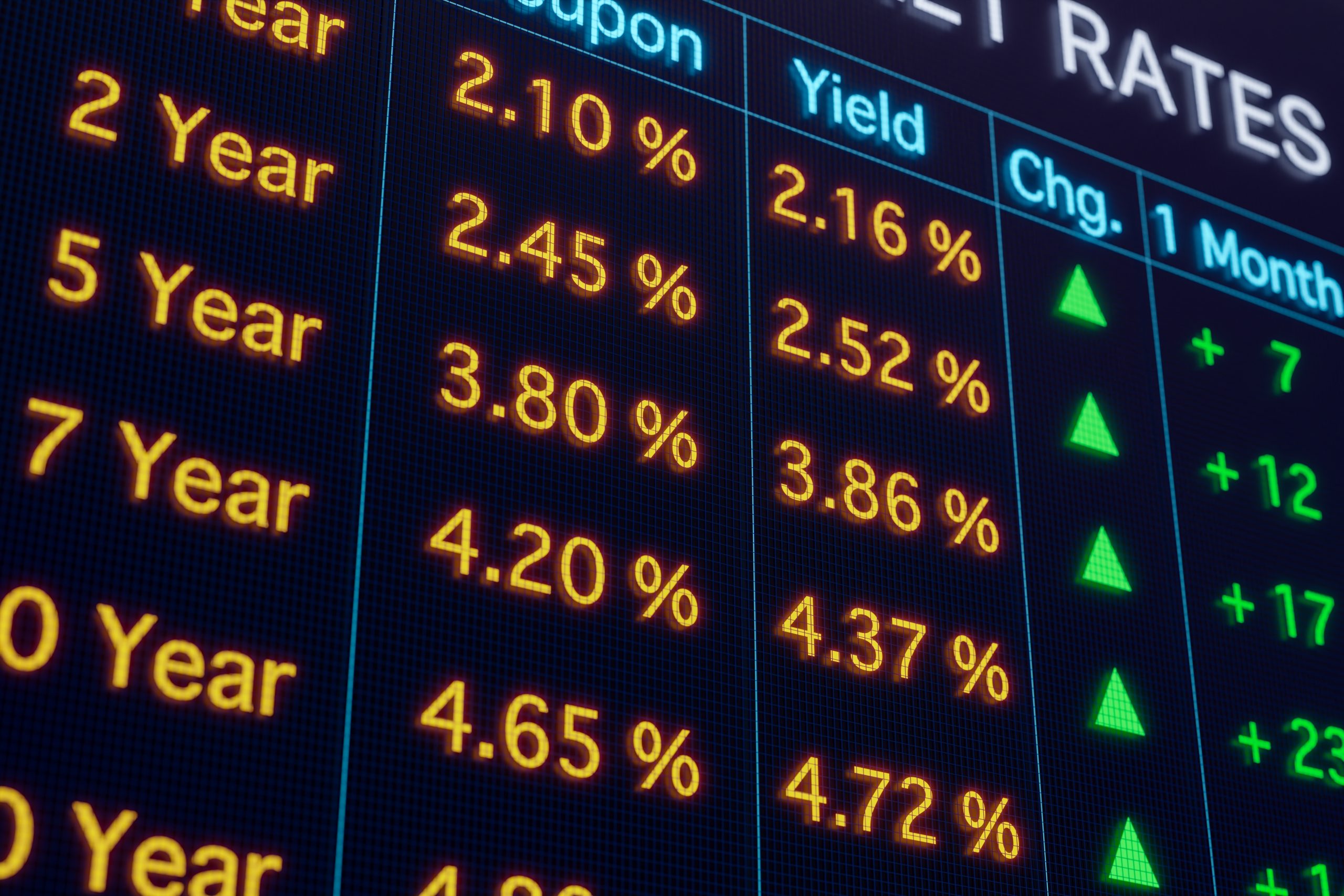Does a Second Stimulus + Rising Savings = Higher Prices?
Pent-up personal savings could further propel the rally, especially on the heels of a second stimulus package.

Reflecting on stock market performance in 2020, one can see the dramatic rebound in March correlated almost exactly with the passing of the over $2 trillion U.S. economic stimulus package—known as the Coronavirus Aid, Relief, and Economic Security (CARES) Act.
Funds from the CARES Act served to bridge the funding gap in the economy during the spring lockdowns. With further economic hardships looming, and a possible double-dip recession, a second stimulus relief package could serve to boost the stock market’s fortunes for a second time in less than 12 months.
The questions, of course, are when might that relief arrive, and what will the financial might of the package look like.
Stimulus negotiations between Democrats and Republicans in Congress have been log-jammed for months, with both sides holding firm to their respective demands. Democrats have been pressing for a relief package in the range of $2+ trillion, while Republicans have offered a much more limited $500 billion in assistance.
This stalemate underscores why the Jan. 5 Georgia Senate runoff elections are so important.
If the Democrats were to win both of those seats, it would result in each party controlling 50 seats. However, when voting in the Senate results in a tie, it’s the Vice President who gets to step in and break it. In the new term, that deciding vote would go to Vice President-elect Kamala Harris.
The results of the Jan. 5 election, whenever they come to be known, will therefore go a long way in determining just how much stimulus ultimately reaches the economy.
Beyond the Senate race, there’s another factor that could play a big role in the expected economic recovery—namely, the personal savings rate.
While many Americans have seen their livelihoods devastated by the pandemic, those who have seamlessly navigated the work-from-home transition have been left with fewer outlets for spending disposable income—eating out less, traveling less, etc.
Over time, those extra dollars stashed in the nation’s collective cookie jar built up to an incredible sum: $1.4 trillion, by some accounts (see tweet below). This has been confirmed by a rise in the country’s “personal savings rate.” The personal savings rate reports the average percentage of disposable income saved by Americans.
A full 3 months after the enhanced UI benefits ended and the stock of excess saving continues to grow. I estimate that households have accumulated $1.4 trillion of forced savings since the pandemic began. That’s a lot of pent up demand that will come online after the vaccine. pic.twitter.com/Os3IObBhDX
— Tim Duy (@TimDuy) November 25, 2020
The personal savings rate for the United States has steadily declined over the last 60 years, dropping from roughly 11% in 1960 to 7.6% in 2019. But one unexpected positive from the pandemic has been a dramatic spike in the personal savings rate, which increased to 13.6% in October.
It’s now believed that the extra $1.4 trillion in the cookie jar could serve to turbo-boost the economic recovery whenever the coronavirus’s stranglehold finally wanes. That means any stimulus package approved by Congress could be assisted by a tidal wave of fresh consumer spending, essentially serving as a synthetic tertiary stimulus.
With that kind of dry powder waiting in the wings, it’s likely that any stimulus package approved by Congress will be met by market euphoria. But if the Democrats win control of the Senate and ultimately approve a package of $2 trillion or more, that scenario could be historically bullish for asset prices.
For context, a second relief package worth $1 trillion to $2 trillion would mean that in less than 12 months approximately $3 trillion to $4 trillion would have been injected into the U.S. economy—more than twice what was observed during the 2008-2009 Financial Crisis. It’s hard to imagine how that potential “spending bomb” could be interpreted as anything but constructive for the “everything rally.”
To follow everything moving the markets, readers are encouraged to tune into TASTYTRADE LIVE weekdays from 7 a.m. to 4 p.m. Central Time, or when timing allows.
This December, give the gift of Luckbox and get a free Luckbox T-shirt! See SUBSCRIBE or UPGRADE TO PRINT (upper right) for more information.
Sage Anderson is a pseudonym. The contributor has an extensive background in trading equity derivatives and managing volatility-based portfolios as a former prop trading firm employee. The contributor is not an employee of Luckbox, tastytrade or any affiliated companies. Readers can direct questions about any of the topics covered in this blog post, or any other trading-related subject, to support@luckboxmagazine.com.




















